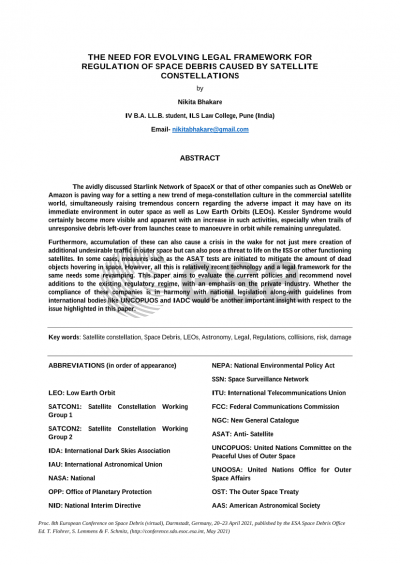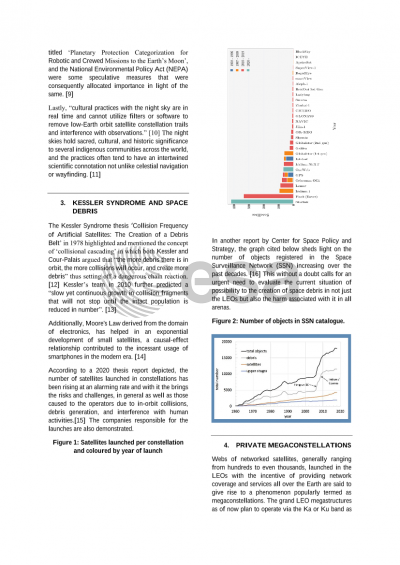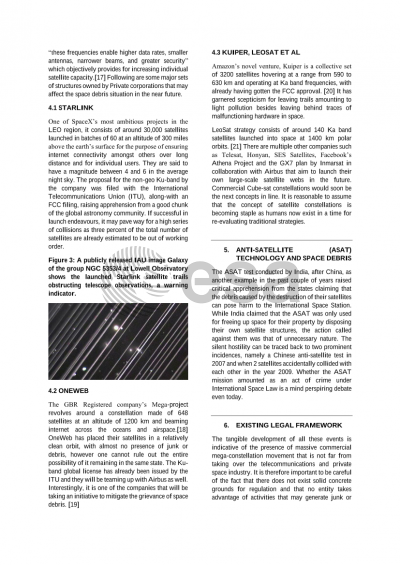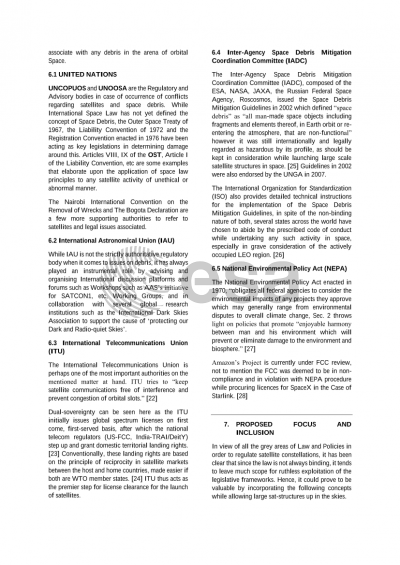Document details
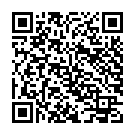
Abstract
The greatly discussed Starlink Network of SpaceX or that of other companies such as OneWeb or Amazon is paving way for setting a new trend of satellite mega-constellations culture in the commercial world, simultaneously raising tremendous concern regarding the adverse impact it may have on its immediate environment in outer space as well as the Low Earth Orbits (LEOs). Kessler Syndrome would certainly become more visible and apparent with an increase in such activities, especially when trails of unresponsive debris leftover from launches cease to manoeuvre in orbit while remaining unregulated.
Furthermore, accumulation of these can also cause a crisis in the wake for not just mere creation of undesirable traffic in outer space but can also pose a threat to life on the ISS or inflict damage on other functioning satellites. In some cases, measures such as the Anti-Satellite (ASAT) tests are initiated to mitigate the amount of dead objects hovering in space. However, all this is relatively recent technology and a legal framework for the same needs some revamping. This paper aims to evaluate the current policies and recommend novel additions to the existing regulatory regime, with an emphasis on the private industry. Whether the compliance of these companies is in harmony with national legislation along-with guidelines from international bodies like UNCOPUOS and IADC would be another important insight with respect to the issue highlighted in this paper.
Preview
